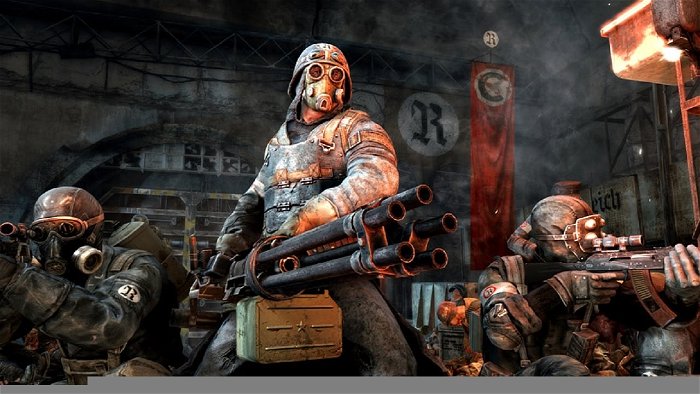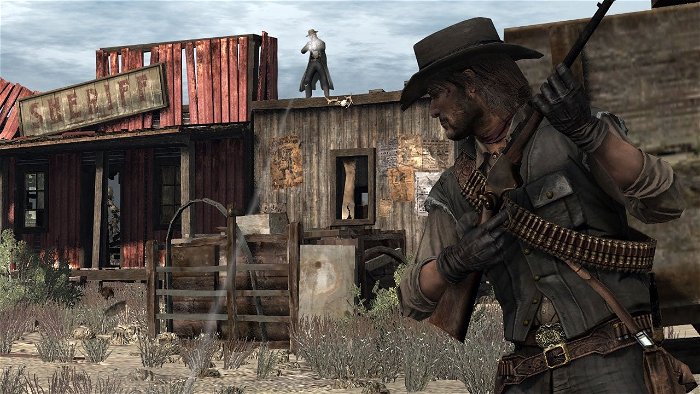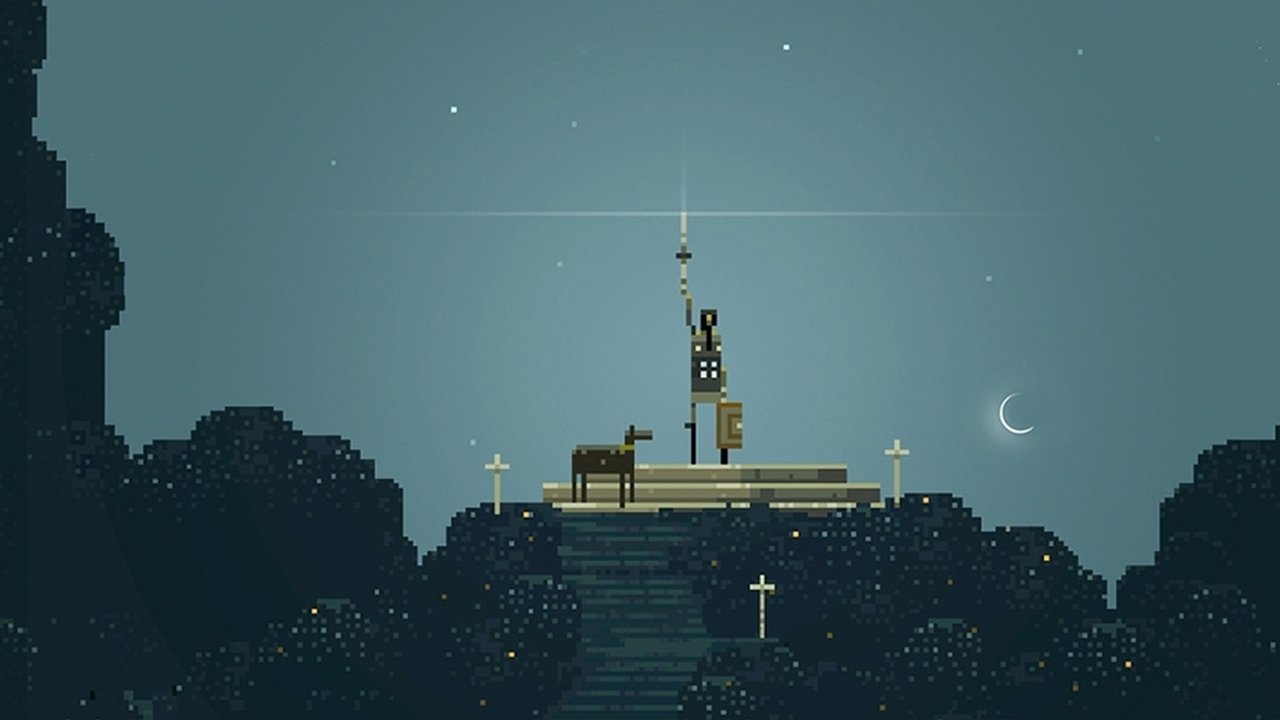After playing Supergiant Game’s Bastion late last year I was left with a lot of admiration for its ability to trick players into believing that the game was actually reacting to their input. The immersion that the simple concept of a “dynamic” narrator was able to create is an incredible feat. But as good as Bastion’s effect was, there are still many different ways that developers can work to make their players feel like they’re truly “in” the game world they’re interacting with.
It’s difficult to define what, exactly, these qualities are (one title may draw in one person while doing nothing for someone else), but by looking at some of the titles that have best-achieved immersion, it’s possible to see some of the techniques that have worked well to date.
Metro 2033

4A Games, the developers of Metro 2033, considered the strengths of other post-apocalyptic games like the Fallout series and S.T.A.L.K.E.R: Shadow of Chernobyl (a title that members of the team formerly worked on) in their adaption of Dmitry Glukhovsky’s dystopian novel, but added fine details that elevated the mood of their game beyond its thematic siblings. The incredible sense of immersion provided by Metro 2033 is mostly due to a greater emphasis on linear, scripted gameplay than the titles mentioned above and, though many consider this kind of design to be anathema to making a player feel immersed, the exact opposite is accomplished by the decision here.
Much like the best moments of Call of Duty: Modern Warfare, Metro 2033 takes control away from the player for just long enough — and at just the right moments — to make them feel as if they’re part of a world rather than an artificial construct toying with a lifeless world. Above-ground exploration is enhanced by the field of view fogging over from condensation and glimpses of ghostly shadows within tunnels add a very real sense of fear to the proceedings, even though they may not actually affect gameplay itself.
Red Dead Redemption

While the Grand Theft Auto games helped define the open-world, sandbox genre, it was Rockstar San Diego that most artfully used the format. The mission by mission play of Red Dead Redemption doesn’t necessarily transcend Rockstar’s modern (or near modern) era crime dramas, but the atmosphere succeeds in a manner that exceeds even the impressive achievements of Rockstar’s other titles.
This is mostly the result of the incredible care that went into the creation of the setting. The swath of American and Mexican countryside represented in Red Dead feels beautifully alive. Aside from the minimap’s points of interest icons, galloping across the countryside is almost completely organic: the day/night cycle; the appearance of wild animals; the chance encounter of another human out in the middle of nowhere; the subtle introduction of musical cues in reaction to game events — all of this plants the player firmly within the fiction of the title. By the time John Marston’s journey comes to an end, we feel like we’ve been through each gruelling task with him. The dust on his coat and the scars on his face are our own because we’ve participated in not just the exciting moments in his life, but the low-key ones as well.
Superbrothers: Sword & Sworcery EP

Understanding the platform a game is being designed for is paramount in creating true immersion. This can be especially challenging on a handheld device — particularly one created primarily for functions other than playing games — but Superbrothers: Sword & Sworcery EP surpasses these limitations. By transforming the iPhone/iPod Touch/iPad into a digital canvas framed in a simple black border, the title’s developers (CAPY, Superbrothers and Jim Guthrie) invite players to forget that their device is anything but an interactive world.
Each hour spent in the game is absorbing. Checking character tweets, being made to examine each lovingly crafted pixel of a screen to solve a puzzle or simply exploring the memorable landscape of mountains, forests and hills to the backbeat of the game’s music (ideally listened to through headphones) is extraordinarily immersive. Despite the abstracted art style, S:S&SEP feels like a living world, existing in parallel to our own. The fact that the iOS’ touch-based control scheme forces players to physically interact with the setting to progress only enhances the immersion first created by the game’s enrapturing aesthetic.
***
Reid McCarter is a writer, editor and musician living and working in Toronto. He has written for sites and magazines including Kill Screen, The Escapist and C&G Magazine. He founded, writes and edits the videogame blog digitallovechild.com and is Twitter-ready @reidmccarter.




